Up Next

Formula 1’s official trial of a two-day race weekend is set for next month when it heads back to Imola, but the paddock got a taste of what reduced running might mean when the action was rained off at the Nurburgring on Friday.
Despite losing out on pole to his Mercedes team-mate Valtteri Bottas, Lewis Hamilton was all for getting rid of Friday practice after qualifying on Saturday – but is a slimmed-down schedule actually the answer to shaking up F1?
Our writers give their verdicts.
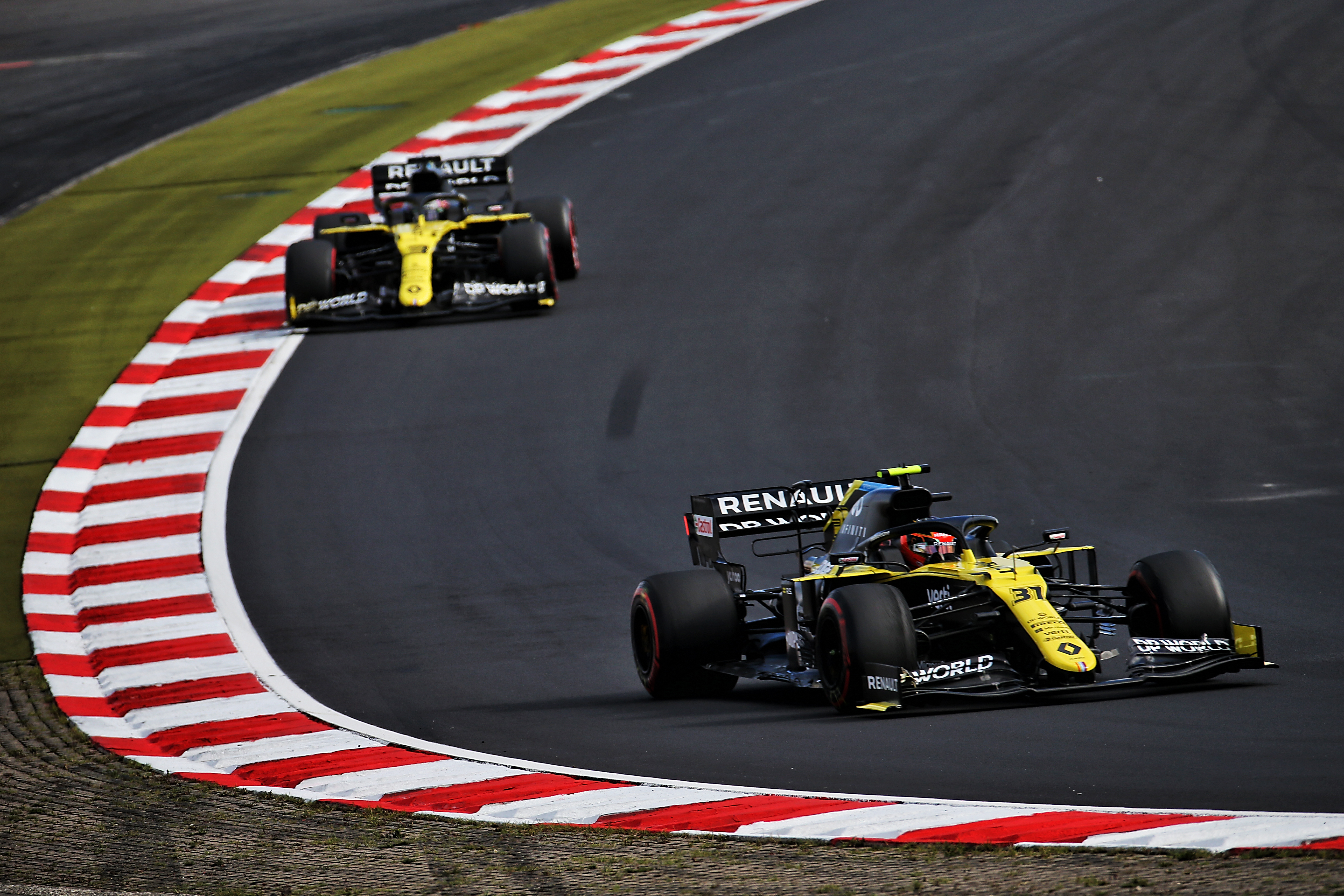
A good excuse to increase the jeopardy
Scott Mitchell
The beauty of the two-day format that F1 will trial at Imola and has been forced into here is that it forces the schedule to be condensed. Even if three days are required for support races and other activities, this was a reminder of what happens when F1 track time is restricted.
Not every weekend will have as much intrigue because it’s not that often F1 teams and drivers will be reacquainting themselves with a circuit after seven years away.
But it heightens the jeopardy. Has the team picked the right set-up direction? Is the driver dialled in quick enough? Will they make the right choices thereafter? And what will the tyres be like on race day?
Even if we end up with a pretty familiar ending, the journey there is more fun. Uncertainty is way better than predictability, which the normal F1 format almost guarantees.
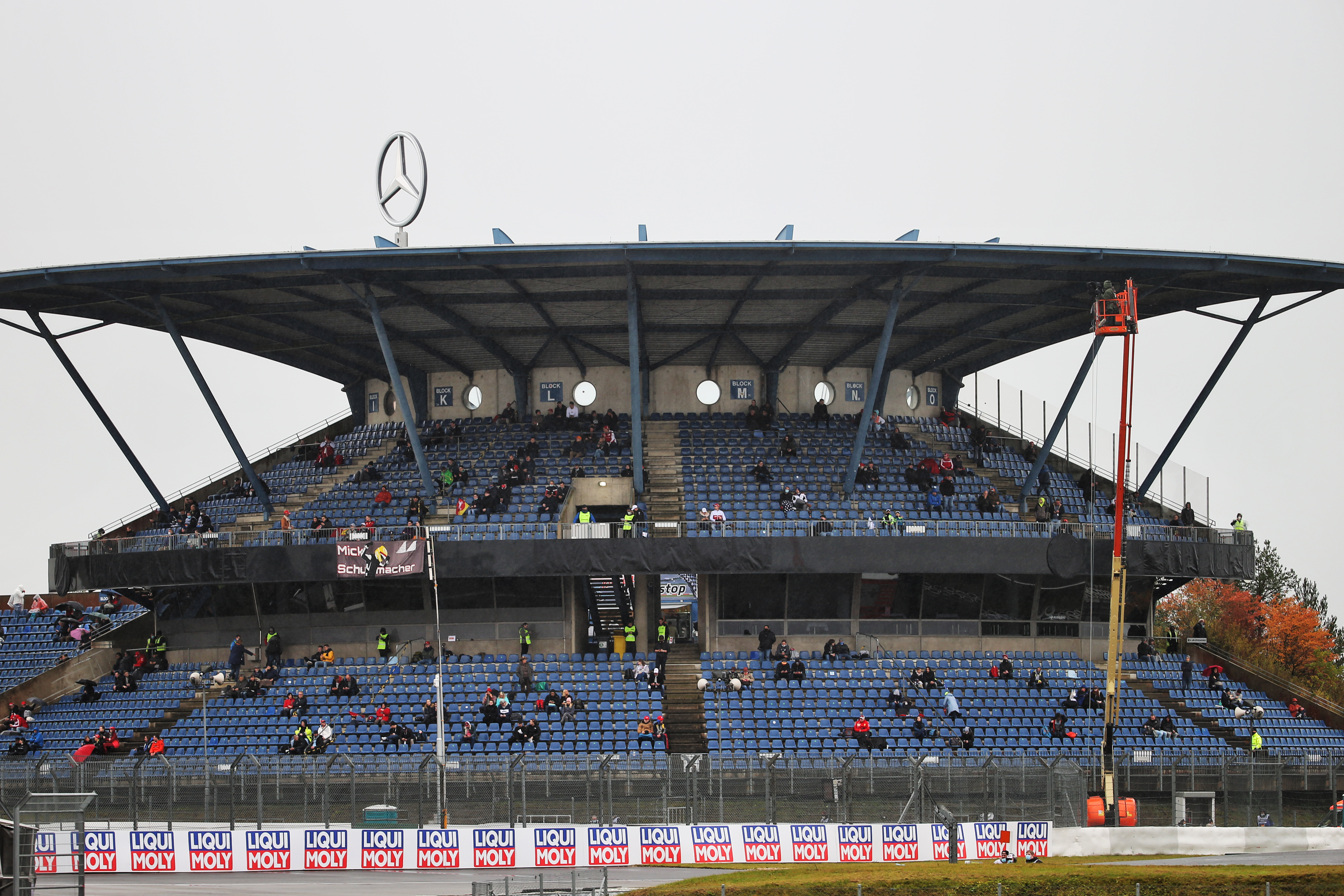
It needs to be fair to fans at the track
Valentin Khorounzhiy
Obviously in pure entertainment terms F1 would be better off in cutting down on practice, which even the most die-hard fans probably get virtually no enjoyment from and which only serves to make the rest of the weekend more predictable.
But it’s also hard not to be sympathetic to the argument that removing Friday means removing three hours of “action” every weekend that you can sell to broadcasters, or to Friday attendees – who actually do get something worthwhile out of being there for FP1 and FP2.
So how about this. Run an initial practice on Friday, then qualify on Saturday morning and follow that up with another, extra-long practice session. That way, you preserve the show’s running time but take a step towards the mixed-up grids so often promised by two-day weekends.
Parc ferme rules would be a complication, but when there’s a will there is a way.
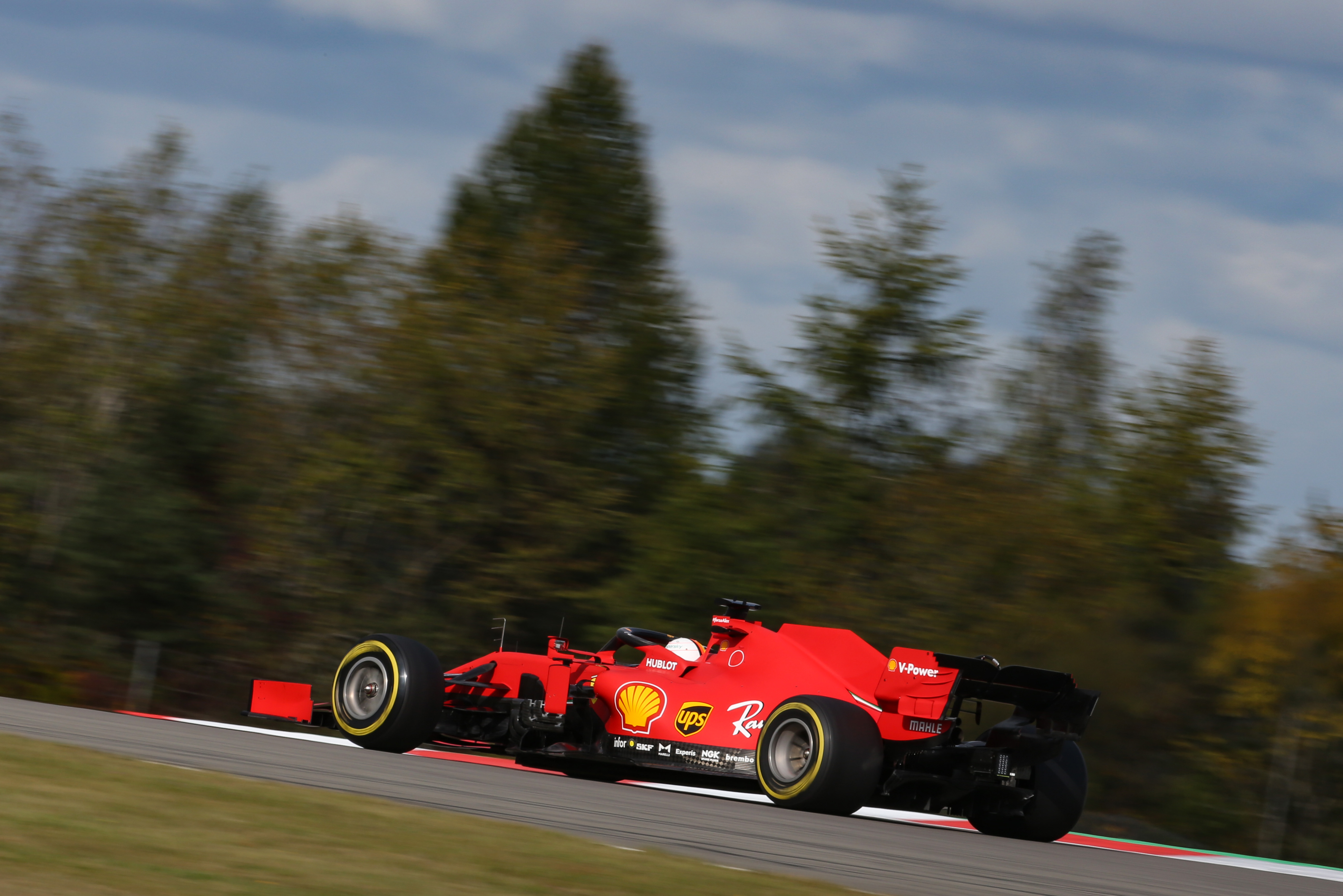
Will it actually change anything?
Gary Anderson
I think that Nurburgring shows that a two day weekend format doesn’t really change anything. The grid, other than Charles Leclerc in fourth in his Ferrari, is probably not far away from what it would have been if we had had the normal format.
I want to see cars running. F1 could probably increase its total practice time and fit it all into a Saturday and Sunday as there’s often a lot of empty track time at grands prix. I think they could also introduce another race or two over the season.
Perhaps a mixture of both formats for a season would be the best compromise. Some tracks like Silverstone and Monza have a reasonable attendance on a Friday, and it would be a shame for them to lose this.
Someone commented on an earlier article I wrote and said that they hoped F1 would keep the three-day format. The reason was that they had been to Hungary and enjoyed the Friday because there was very few people there so they could wander around the track. Well, I think this is also the reason that a two day weekend would be acceptable at many venues.
If there are very few people there then the organiser is not covering their costs. Many people have to go to work on a Friday so no matter where you go around the world the Fridays are much quieter than the rest of the weekend.
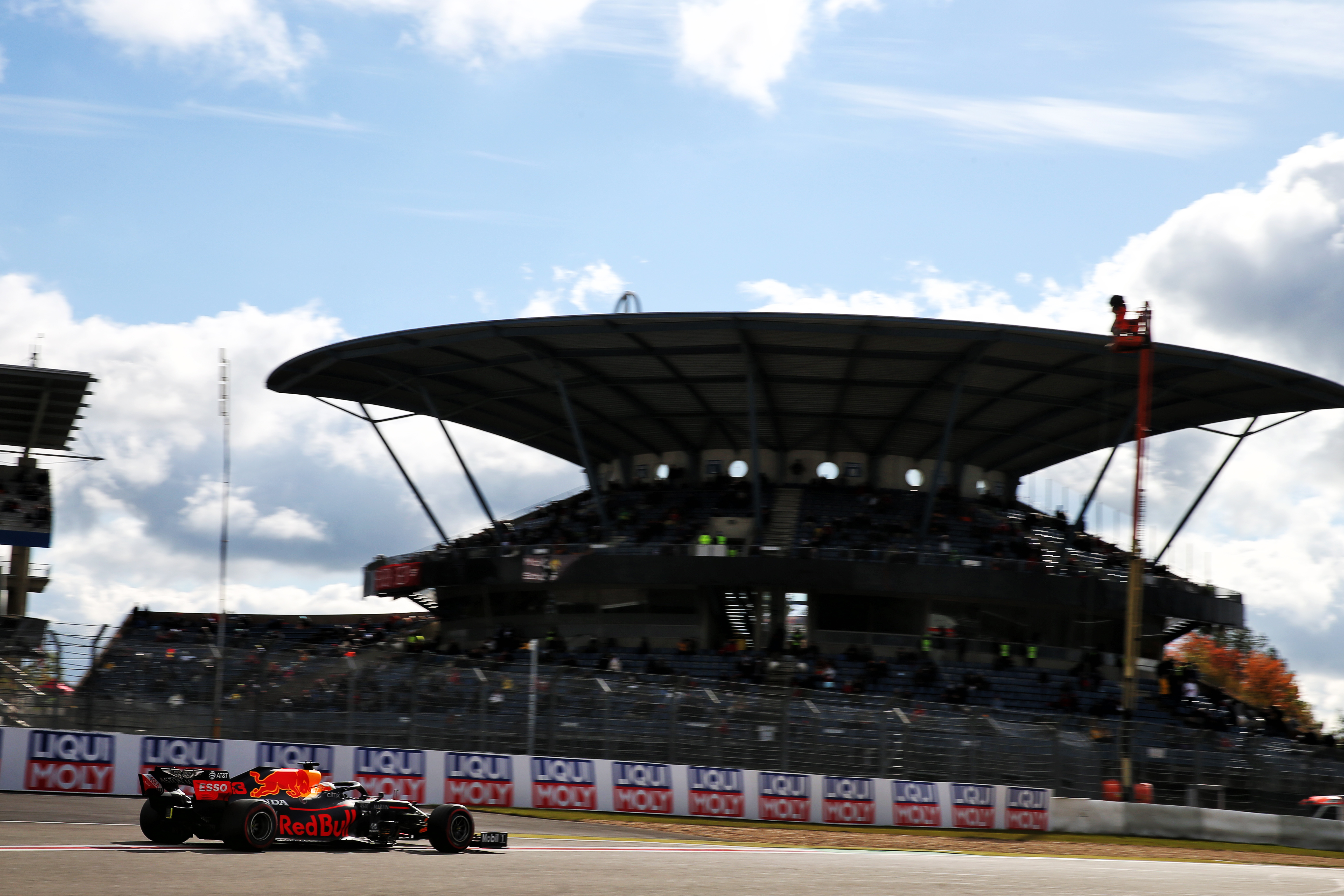
Friday running would have yielded a Verstappen pole
Mark Hughes
The drivers seem to prefer the two-day formats and it has perhaps added a certain degree of uncertainty to the weekend. But actually, I’d question whether it’s actually prevented an upset here.
Max Verstappen was so close to taking pole and he reckoned only the shortage of time to tune out the understeer Red Bull’s upgrade has brought prevented him. Poleman Valtteri Bottas by contrast was satisfied he’d got all there was from the Mercedes. With a three-day format, might we not have had a Verstappen pole?
Who knows? I think the two-day format just carries the dynamic quality – of being something a bit different. I don’t see why it’s intrinsically better. And when – if – the world ever gets back to normal the circuits certainly won’t appreciate not having an extra day for selling tickets.
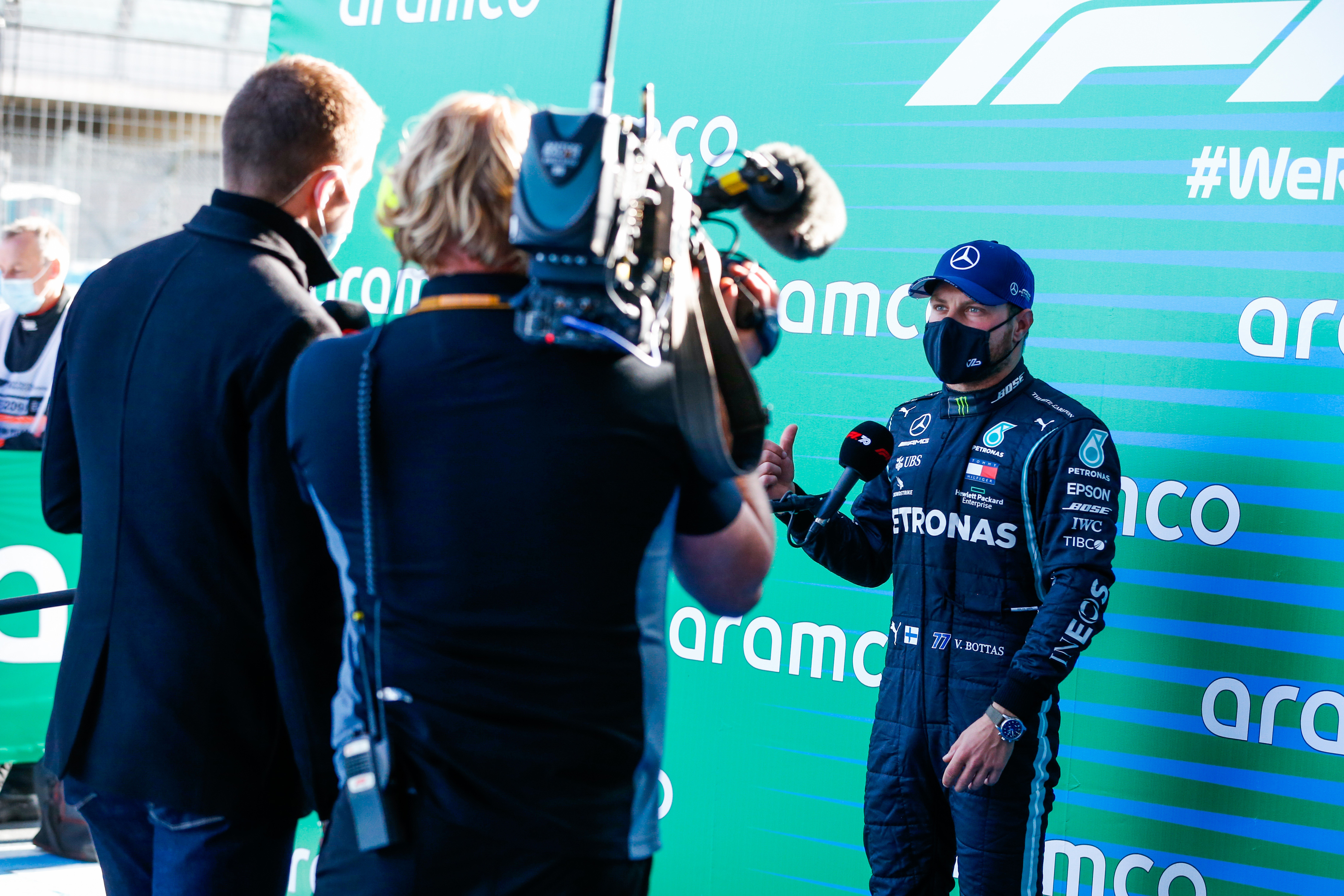
Be careful what you wish for
Edd Straw
F1’s race weekend format is not perfect, but switching to a two-day weekend isn’t necessarily such a good idea. With in-season testing banned, Friday is the only opportunity that drivers and teams really have to trial parts and do all the other donkey work. In particular, it’s important for the less experienced drivers to build seat time.
It’s also part of the grand prix weekend experience for fans. Friday attendances aren’t blockbusting at a lot of venues, but it allows many to get to different parts of the track to watch rather than being stuck in one place and simply to absorb more running. It’s also important to note that it hardly transformed the competitive picture at the Nurburgring, with another Mercedes front-row lockout, despite Verstappen being a little closer than normal.
Crucially, the main problem that means teams are so on top of things is the scale of the data analysis that they can do both before weekends and even in this condensed event in between sessions. While less on-track running does wrongfoot teams, if this became normal the biggest and strongest teams would quickly adapt and turn something that can derail them when it happens unexpectedly into an advantage.
There are things that can be done to sharpen up Friday, undoubtedly, but it can have a real value to F1 and its fans – as well as allowing more time to fit in support categories. Friday preparation plays a small part in the predictability on the weekend, but it is far from the primary cause.



